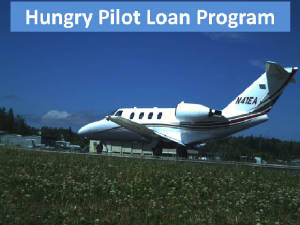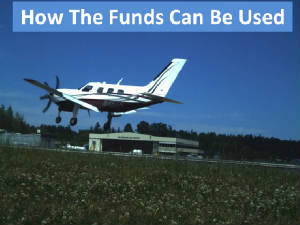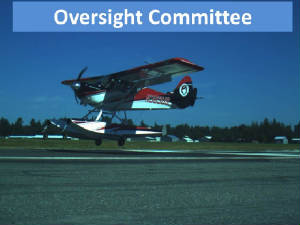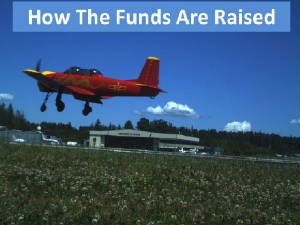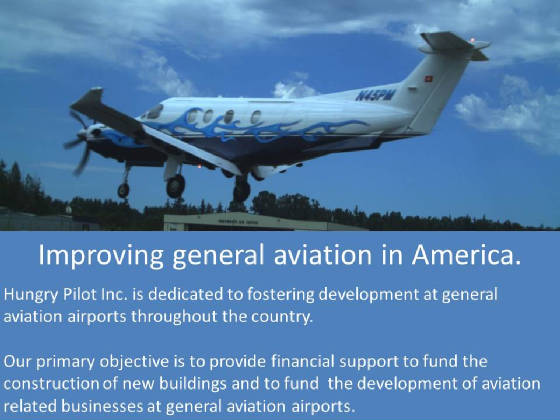|
|
|
|||||||||
Committed to Sustainable Improvement
This is an exciting time for general aviation. Through the partnership with pilots, airport managers, and aviation business leaders, we’re able to provide financial support for business development and facility improvements at general aviation airports.
On January 1st, of 2014 we rolled out this program that will provide:
1. More opportunities for airport managers to foster business growth and development at their airports
2. The ability for airport managers to easily finance new on airport hangar construction or new on airport building construction
3. The ability for airport managers to easily finance aviation business startups or expansions at their airports
|
|
|
